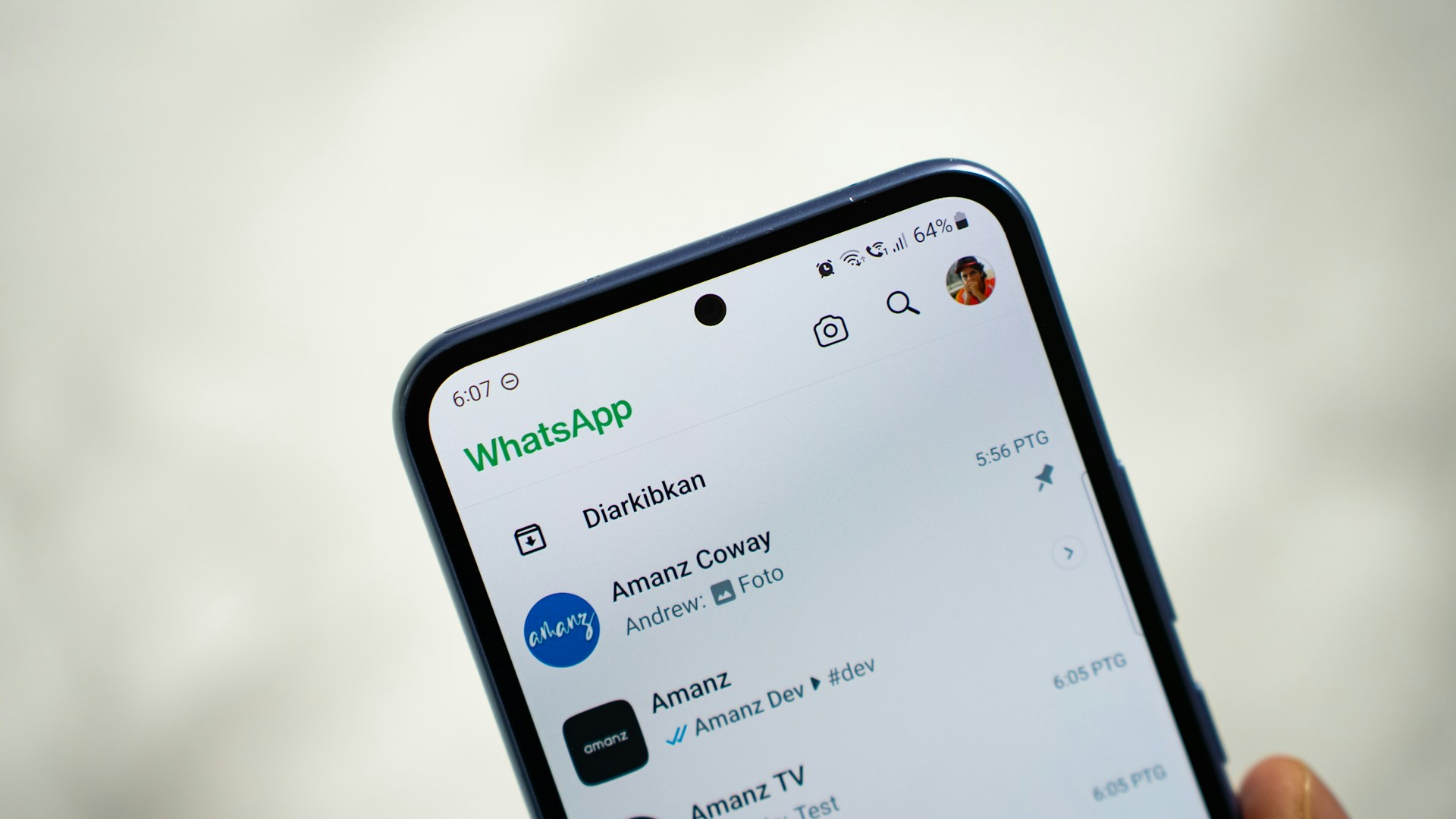In today’s fast-paced digital world, SMS marketing has become one of the most effective ways to engage with customers and drive conversions. With open rates as high as 98%, SMS marketing offers businesses a powerful tool to reach their target audience and increase sales. But what exactly are SMS conversion rates, and how can you ensure a successful SMS marketing campaign? In this article, we’ll explore the key insights to successful SMS marketing campaigns, including best practices for messaging, targeting, and timing. We’ll also take a closer look at what SMS conversion rates are and how you can measure and improve them to drive business growth. Whether you’re a seasoned marketer or just starting out, this guide will provide you with the knowledge and tools you need to create a winning SMS marketing strategy. So let’s dive in!
Understanding SMS marketing and its benefits
SMS (Short Message Service) marketing is a form of digital marketing that involves sending promotional messages to customers’ mobile devices. This type of marketing has become increasingly popular in recent years due to its effectiveness in reaching customers directly on their phones. SMS marketing is a powerful tool for businesses looking to increase engagement with their target audience, drive sales, and build brand awareness.
One of the key benefits of SMS marketing is its high open rates. According to a study by Mobile Marketing Watch, SMS messages have an open rate of 98%, compared to just 20% for email. This means that SMS messages are more likely to be seen by your target audience, making it a highly effective marketing channel.
Overall, SMS marketing is a powerful tool for businesses looking to engage with their target audience and drive conversions. By understanding the key factors that contribute to successful SMS marketing campaigns, you can create a winning strategy that drives business growth.
What are SMS conversion rates?
SMS conversion rates refer to the percentage of customers who take a desired action after receiving an SMS message. This can include making a purchase, signing up for a service, or visiting a website. SMS conversion rates are an important metric for businesses looking to measure the effectiveness of their SMS marketing campaigns.
Measuring SMS conversion rates is relatively straightforward. Simply divide the number of customers who take a desired action by the total number of customers who received the SMS message. For example, if 1000 customers received an SMS message and 100 of them made a purchase, the SMS conversion rate would be 10%.
While SMS conversion rates can vary depending on a variety of factors, a high conversion rate is generally considered to be 3-10%. However, it’s important to note that the average SMS conversion rate can vary widely depending on the industry, target audience, and other factors. In addition, how the SMS text message is written, structure of the message, the offer being promoted and the date/time the campaign is sent.
The factors that affect SMS conversion rates
There are several factors that can affect SMS conversion rates. Understanding these factors is crucial for businesses looking to optimise their SMS marketing campaigns and improve conversion rates.
One of the most important factors that affects SMS conversion rates is the messaging itself. The content of your SMS message should be clear, concise, and compelling, with a clear call-to-action that encourages customers to take action. Your message should also be personalised to the individual needs and interests of your target audience, helping to improve engagement and drive conversions.
Timing and frequency are also important factors that can affect SMS conversion rates. Sending SMS messages at the right time can help to improve engagement and drive conversions, while sending messages too frequently can lead to customer fatigue and lower conversion rates.
Finally, targeting the right audience is crucial for improving SMS conversion rates. By segmenting your audience based on their interests, preferences, and behavior, you can create more personalised and relevant SMS messages that drive conversions.
Best practices for SMS marketing messages
Creating effective SMS marketing messages is key to improving conversion rates and driving business growth. Here are some best practices to keep in mind when creating your SMS messages:
- Keep your messages short and sweet. SMS messages have a character limit of 160 characters, so it’s important to keep your message concise and to the point.
- Use clear and compelling language. Your message should be easy to understand and should clearly communicate the benefits of your product or service.
- Include a clear call-to-action. Your message should include a clear and compelling call-to-action that encourages customers to take action.
- Personalise your message. Use customer data to personalise your message and make it more relevant to the individual needs and interests of your target audience.
- Test and optimise your messages. Continuously test and optimise your messages to improve engagement and drive conversions.
Timing and frequency for SMS marketing campaigns
Timing and frequency are important factors to consider when creating your SMS marketing campaigns. Sending messages at the right time and frequency can help to improve engagement and drive conversions, while sending messages too frequently can lead to customer fatigue and lower conversion rates.
When it comes to timing, it’s important to consider the time of day and day of the week when sending SMS messages. For example, sending messages during business hours on weekdays may be more effective for B2B marketing, while sending messages in the evening or on weekends may be more effective for B2C marketing.
Frequency is also an important consideration when it comes to SMS marketing. While it’s important to stay top-of-mind with your customers, sending messages too frequently can lead to customer fatigue and lower conversion rates. A good rule of thumb is to send no more than two messages per week, and to only send messages that are relevant and valuable to your target audience.
Targeting the right audience for SMS marketing
Targeting the right audience is crucial for improving SMS conversion rates. By segmenting your audience based on their interests, preferences, and behavior, you can create more personalised and relevant SMS messages that drive conversions.
One effective way to target the right audience for your SMS marketing campaigns is to use customer data. By collecting and analysing customer data, you can gain insights into the needs, interests, and preferences of your target audience, allowing you to create more personalised and relevant SMS messages.
Another effective way to target the right audience is to use SMS marketing software. Many SMS marketing platforms offer advanced targeting and segmentation features, allowing you to create more targeted and effective SMS campaigns.
Measuring and analysing SMS conversion rates
Measuring and analysing SMS conversion rates is crucial for improving the effectiveness of your SMS marketing campaigns. By understanding the factors that contribute to successful SMS campaigns, you can make data-driven decisions to improve conversion rates and drive business growth.
There are several metrics to consider when measuring SMS conversion rates, including open rates, click-through rates, and conversion rates. These metrics can help you understand how your SMS messages are performing and identify areas for improvement.
It’s also important to analyse customer data to gain insights into the behavior and preferences of your target audience. By analysing customer data, you can gain insights into the types of messages that are most effective at driving conversions, as well as the best times and frequencies to send messages.
How to improve SMS conversion rates
Improving SMS conversion rates requires a data-driven approach that focuses on optimising key factors such as messaging, targeting, and timing. Here are some tips for improving SMS conversion rates:
- Create clear and compelling messages that are personalised to the individual needs and interests of your target audience.
- Use customer data to segment your audience and create more targeted and relevant SMS campaigns.
- Test and optimise your messages to improve engagement and drive conversions.
- Use SMS marketing software to automate your campaigns and improve targeting and segmentation.
- Continuously analyse customer data to gain insights into the behavior and preferences of your target audience.
Conclusion
SMS marketing is a powerful tool for businesses looking to engage with their target audience and drive conversions. By understanding the key factors that contribute to successful SMS marketing campaigns, businesses can create a winning strategy that drives business growth and increases revenue.
As technology continues to evolve, the future of SMS marketing looks bright. With new tools and software emerging all the time, businesses have more opportunities than ever to create highly targeted and effective SMS campaigns.
By following best practices for messaging, targeting, and timing, and continuously analysing and optimising your SMS campaigns, you can create a winning SMS marketing strategy that drives business growth and increases customer engagement and loyalty.




